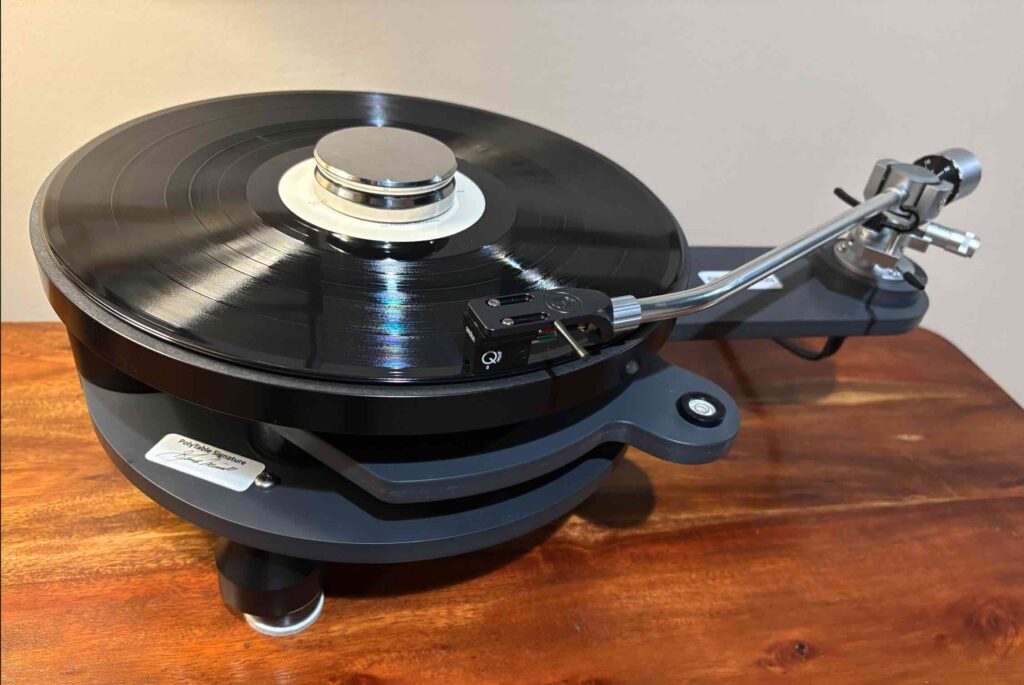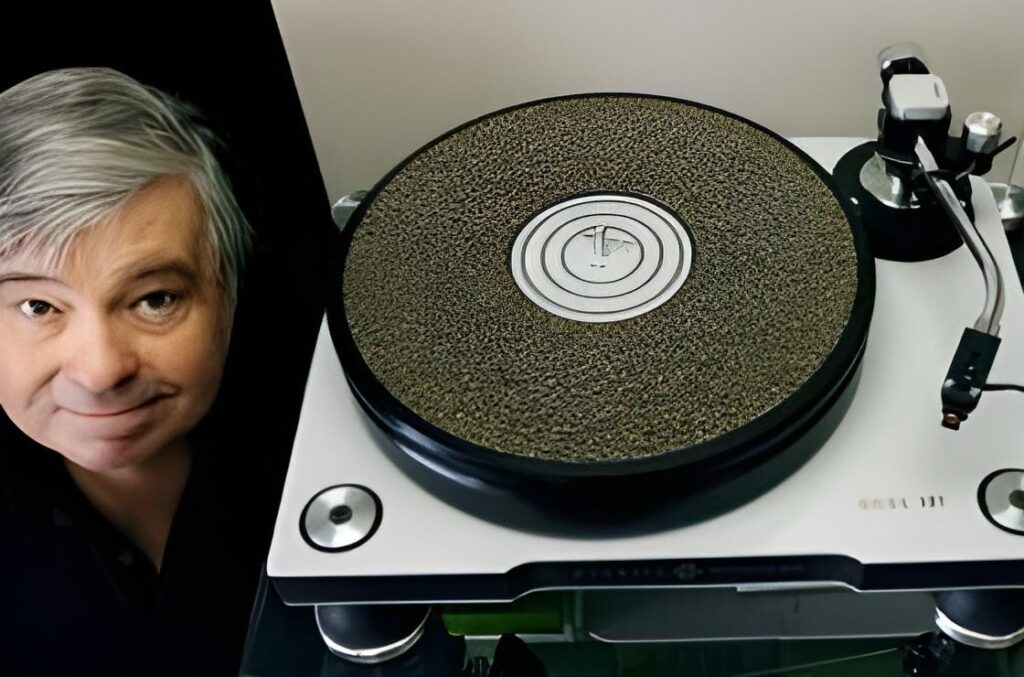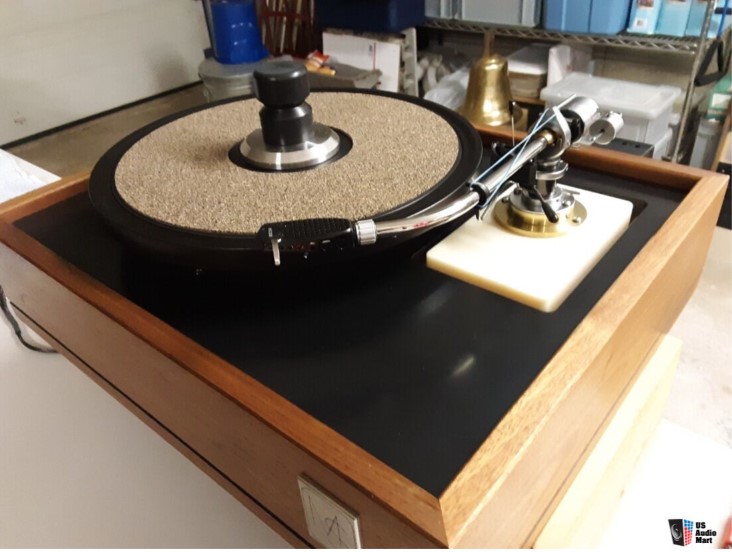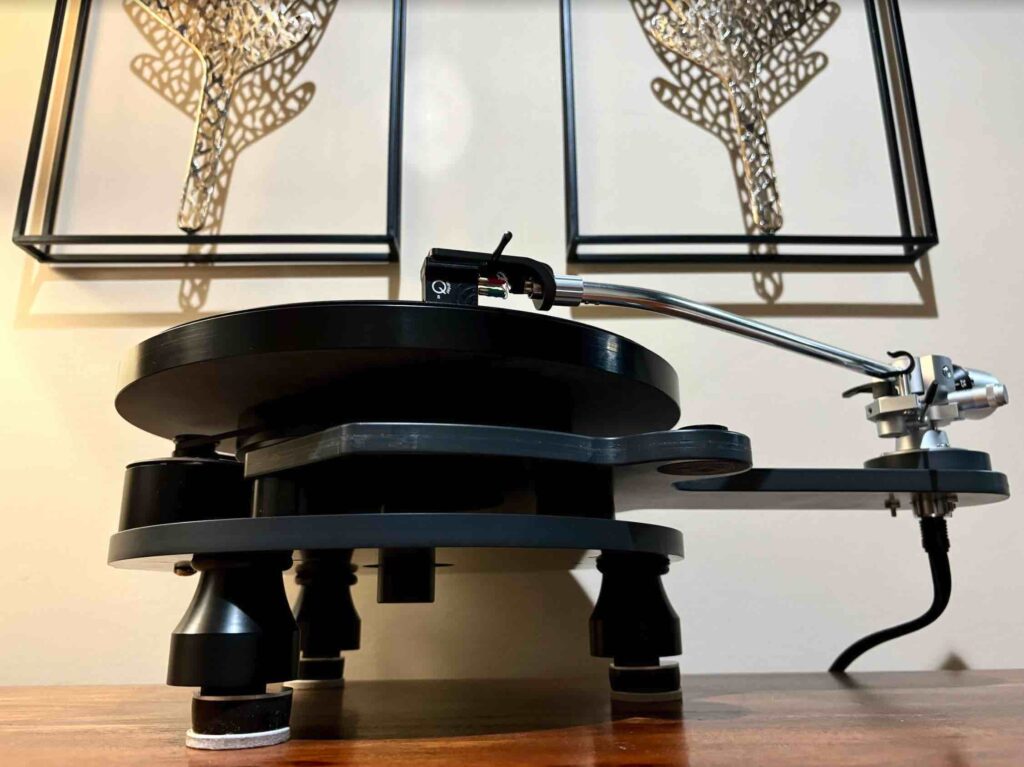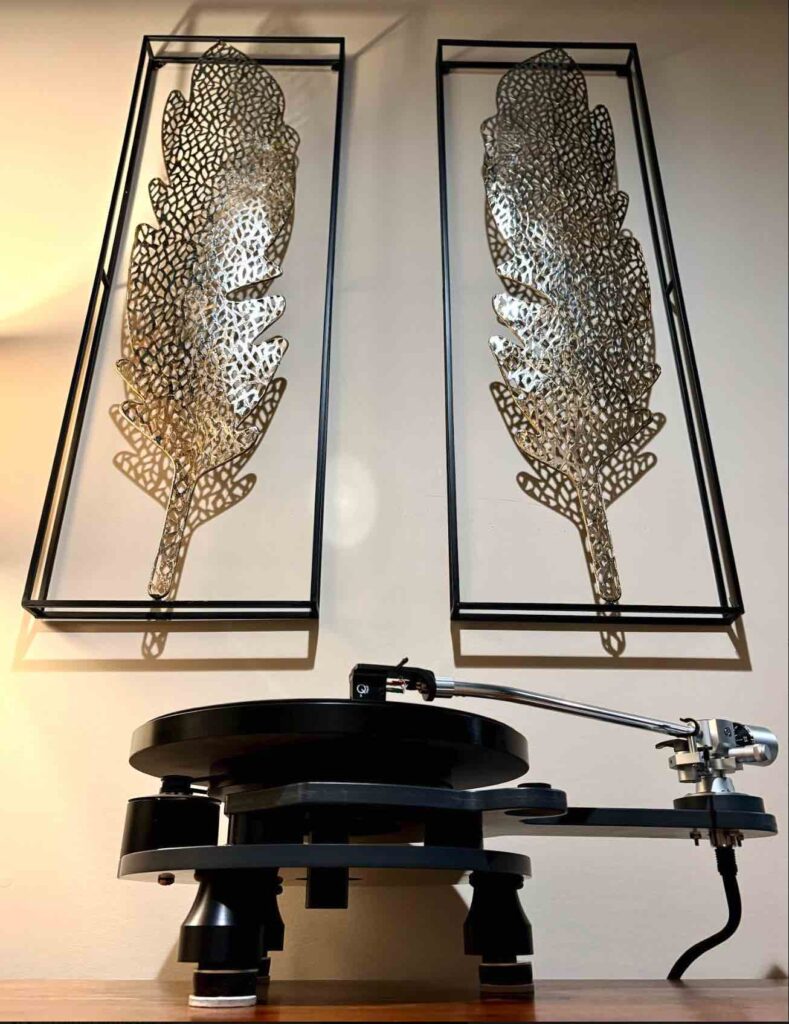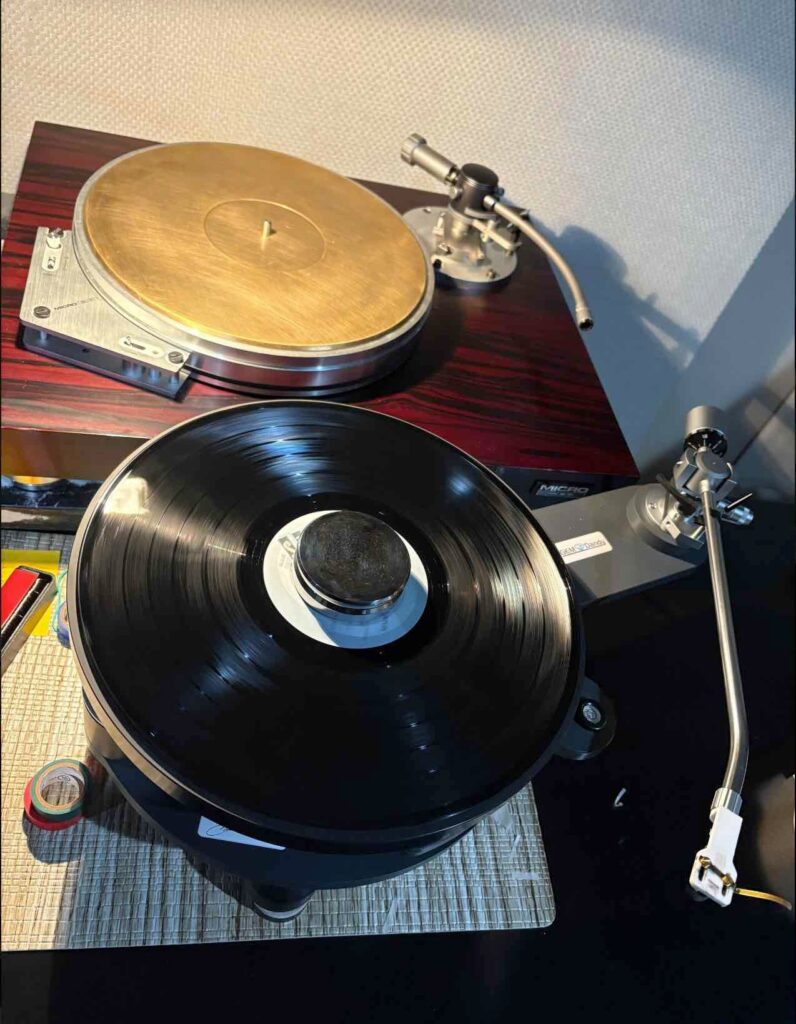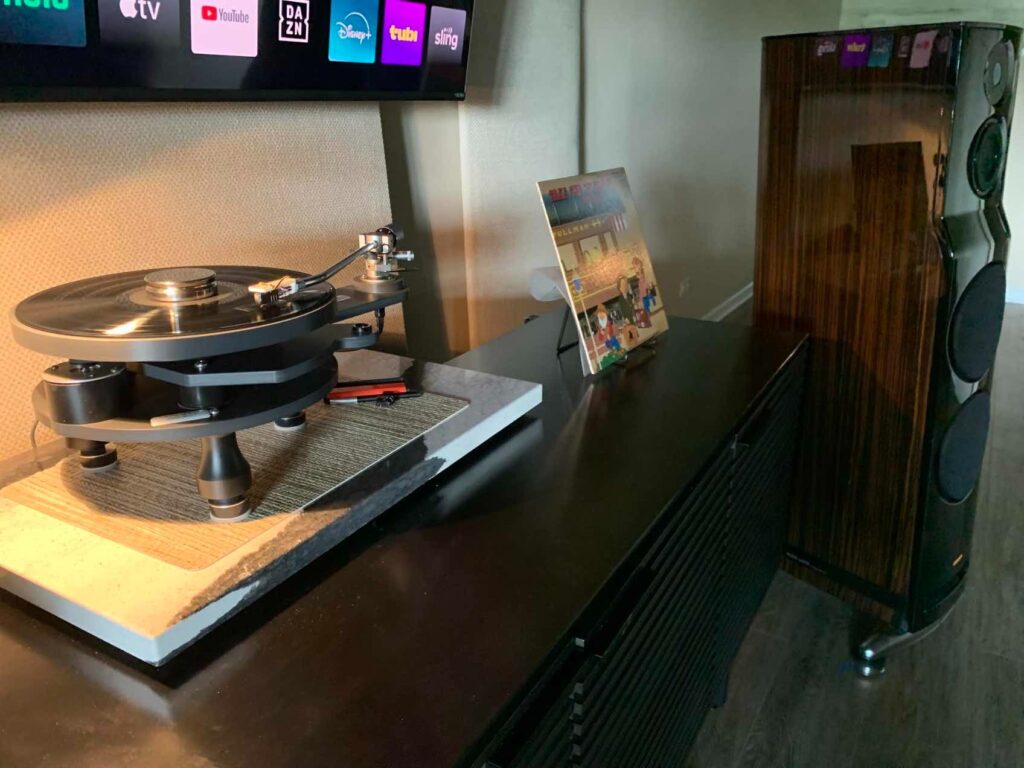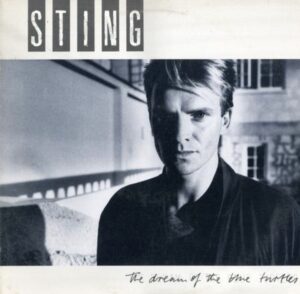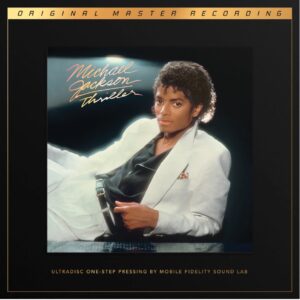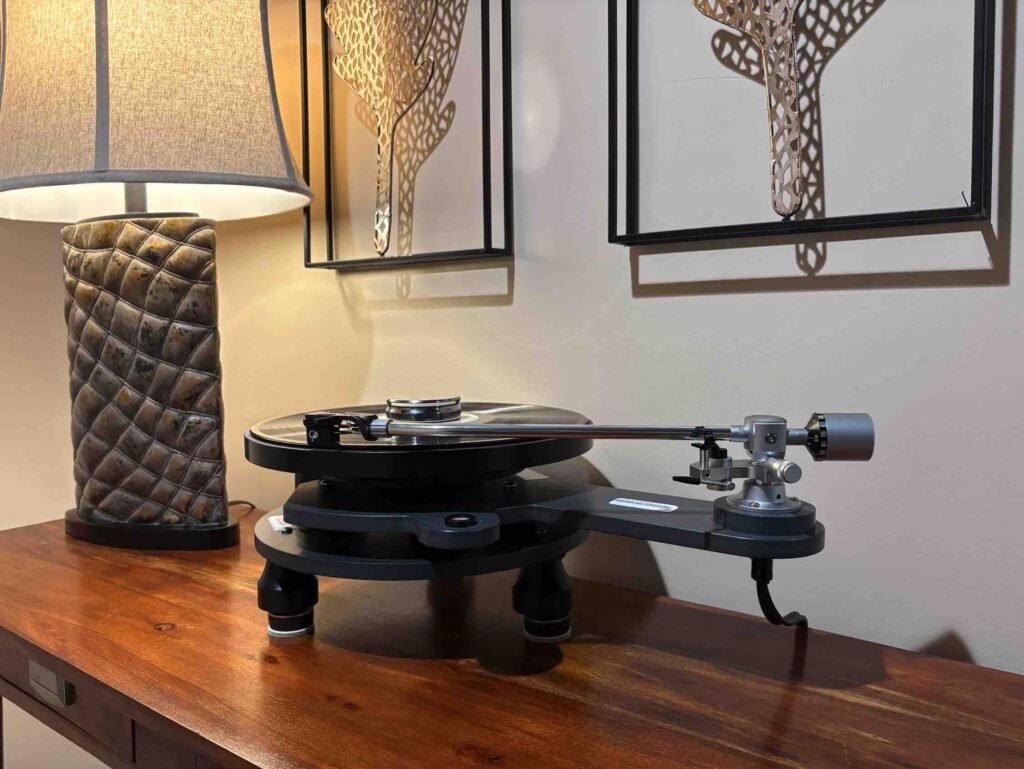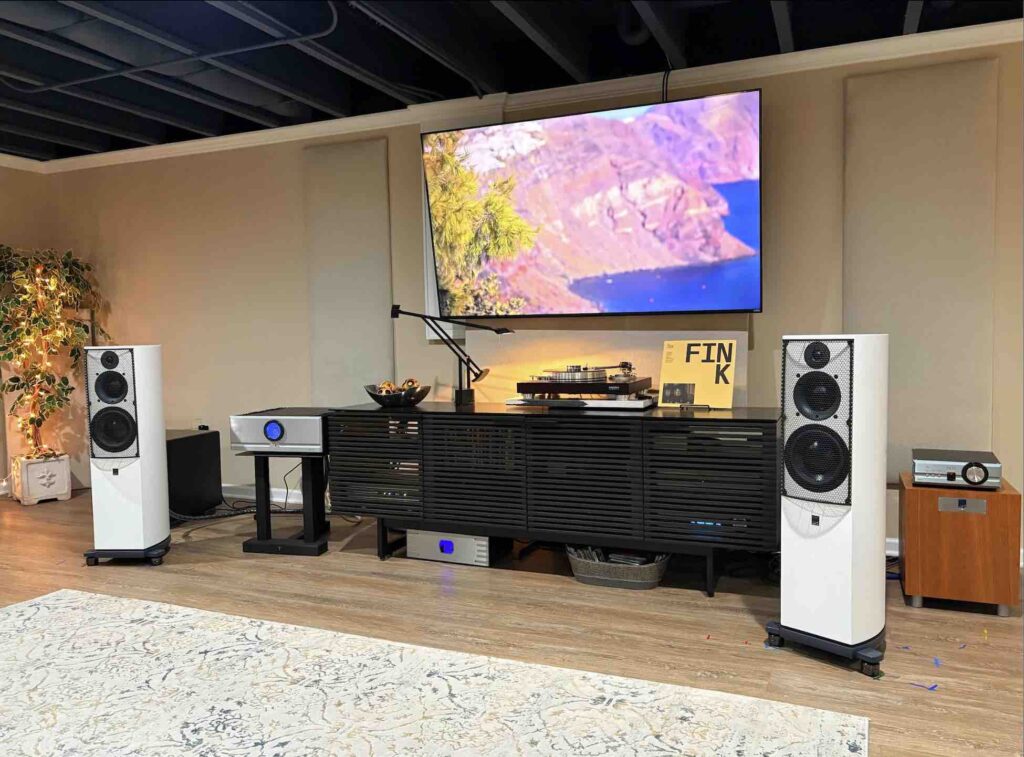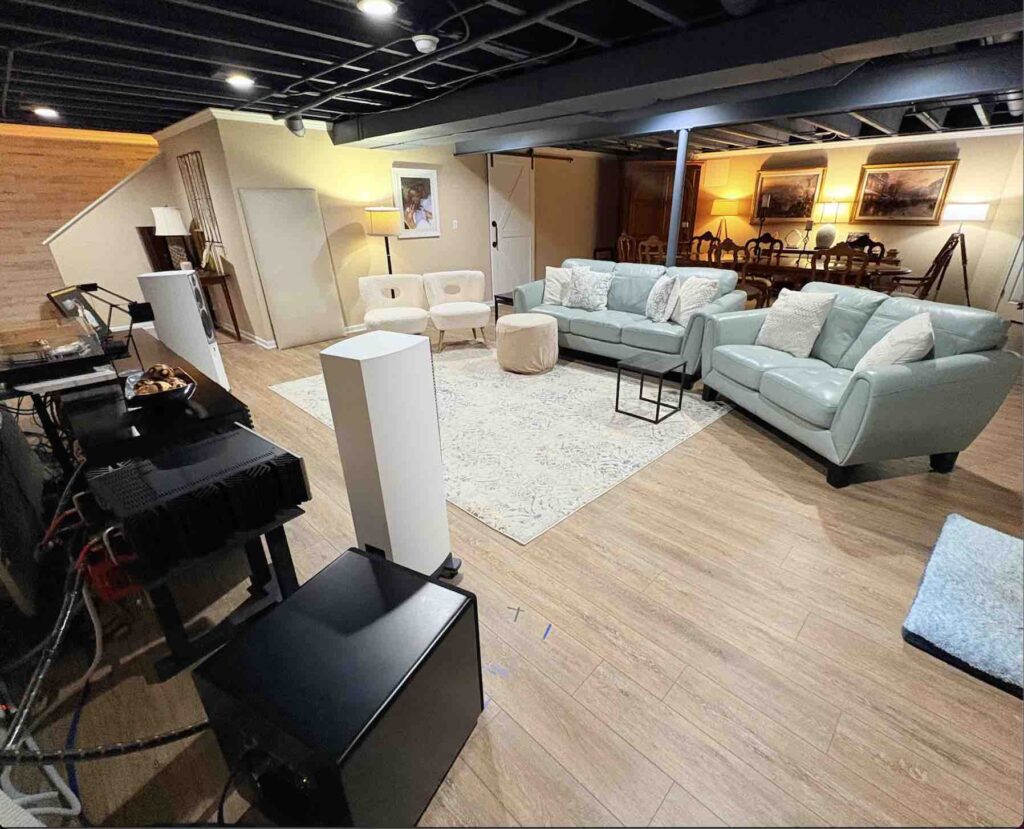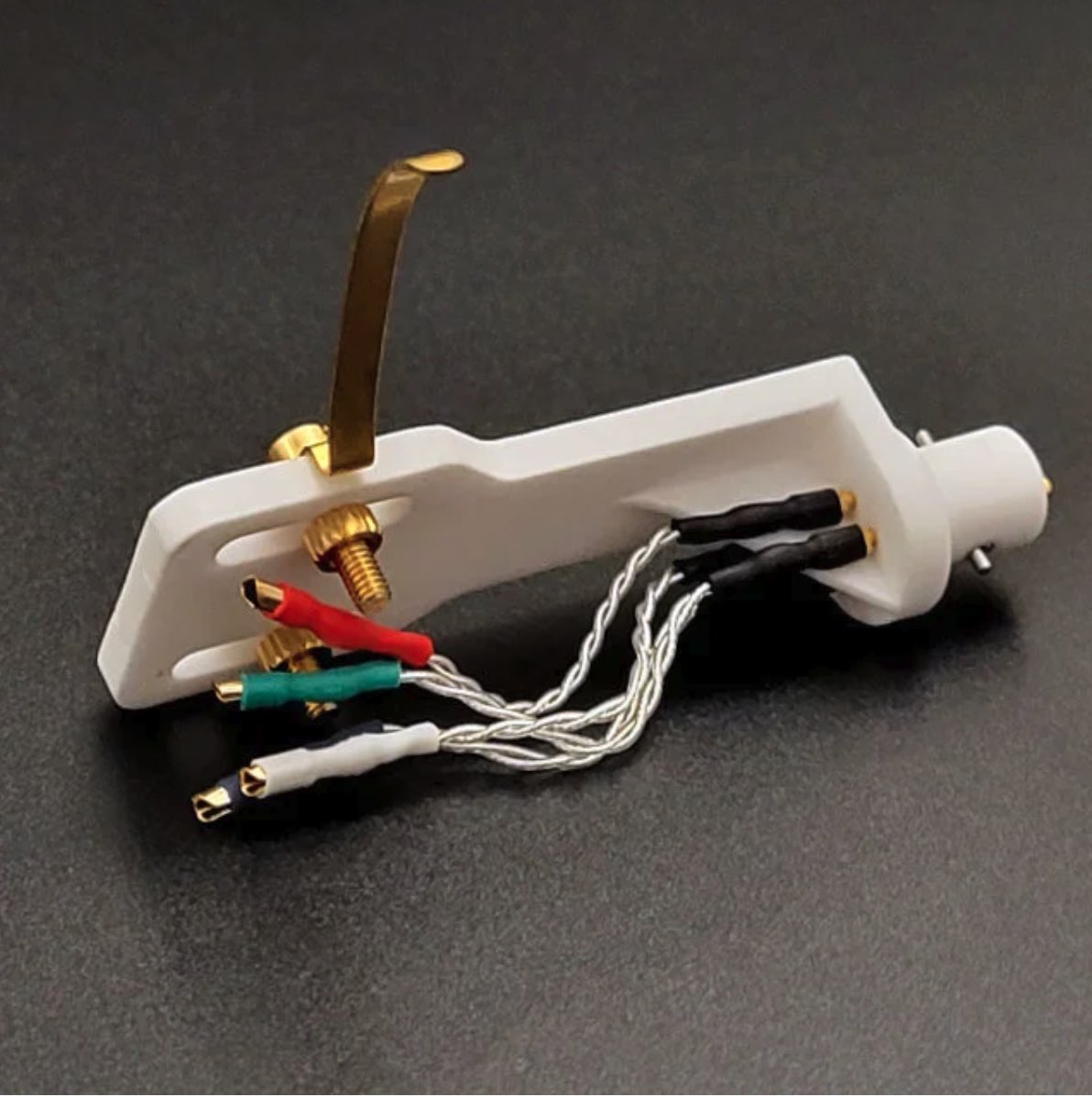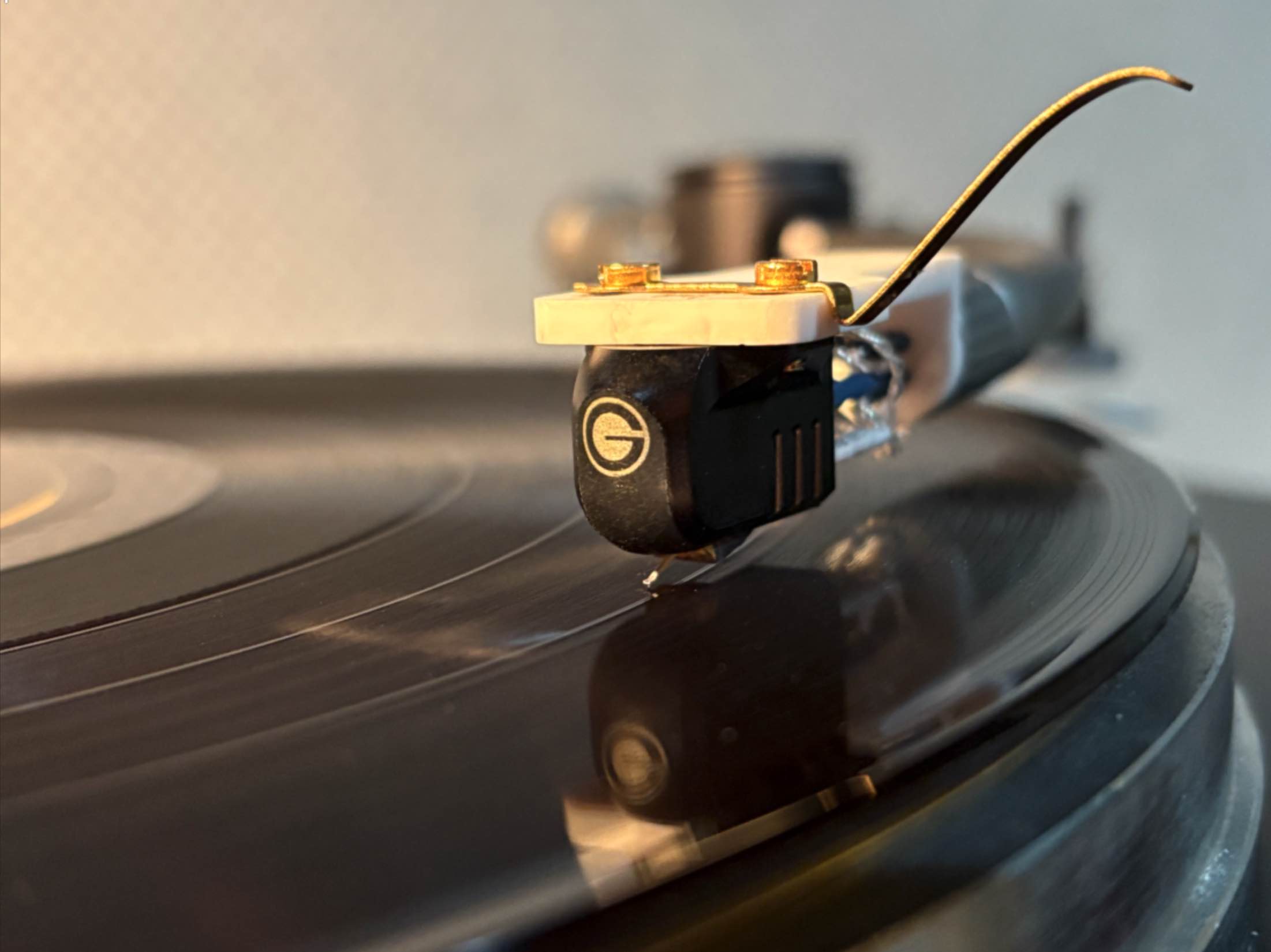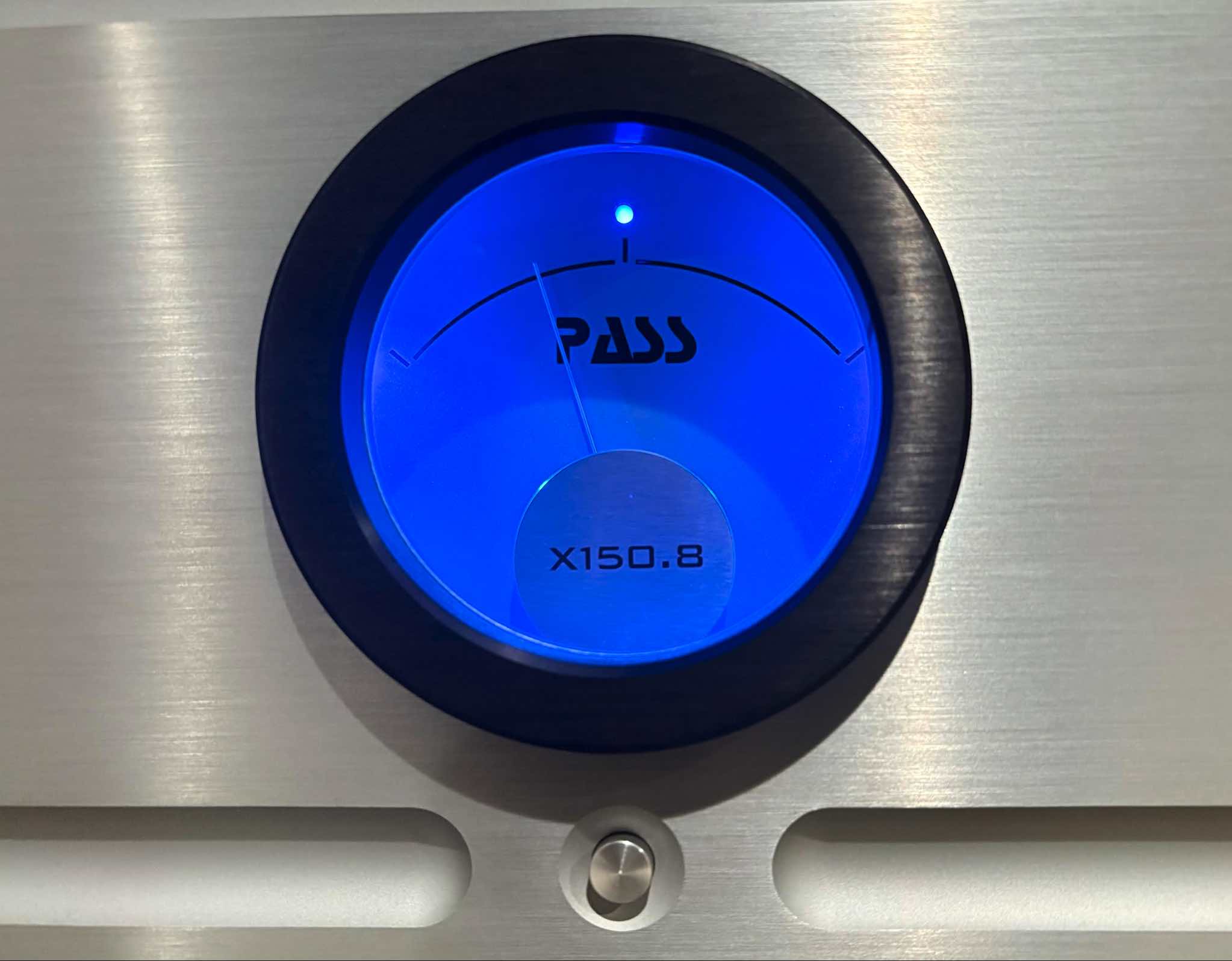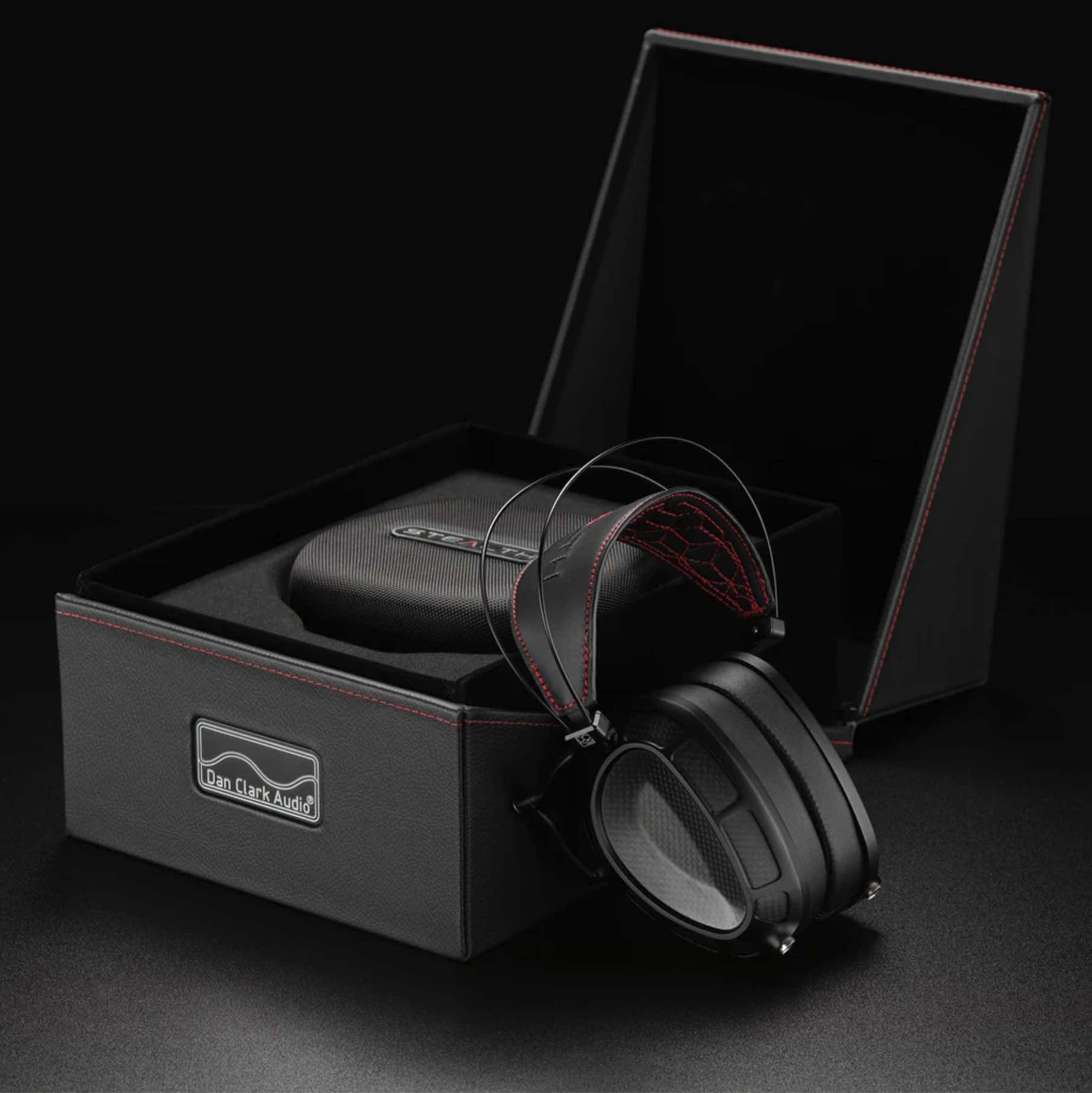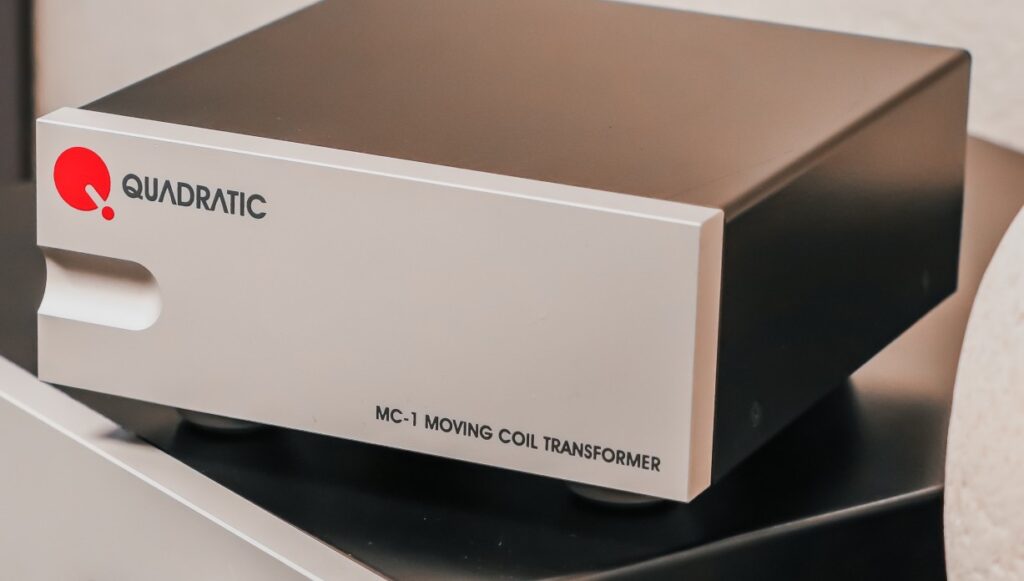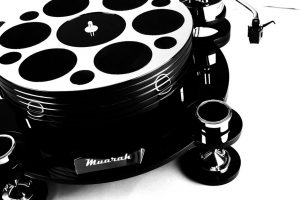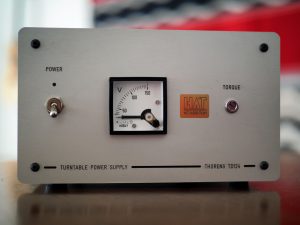My eyes welled with tears staring at a glorious reproduction of Edgar Degas' painting, The Orchestra at the Opera, in a massive book in the reference section of the University of California, Riverside Library. As an art student in 1990, I was overwhelmed by the virtuosity, draftsmanship, rhythmic composition, and sheer beauty of a bassoonist—captured in vivid detail performing with orchestra members in a packed pit, with spotlighted ballerinas dancing above.
In the painting Degas' friend, Desire Dihau, played that bassoon (HERE), a magnificent woodwind noted for its distinctive tone, range, and versatility (Oxfordmusiconline.com). A clever design imparts its sonorous quality: at 1.34 meters (4' 5") tall, the tube doubles back on itself as a folded horn for a total sounding length of 2.54 meters (8' 4"), enabling it to play primarily in the tenor and bass ranges. (https://en.wikipedia.org/)
Image courtesy of https://www.musee-orsay.fr/
Fast forward to 2024. I discovered another well-designed musical instrument, the Gem Dandy PolyTable Signature turntable. Like the bassoon, its minimalist, utilitarian aesthetic is not its strong suit. Some find it oddly curious, while others find it gorgeous, like my friend, Tim—who texted, "That is a cool looking turntable," when he saw it in a message. Regardless, performing in concert with other high-quality components, like Degas' painting, the PolyTable presents startling and moving imagery.
These points were underscored when I had friends over after initially setting up the PolyTable. My friend Jeff said, "It looks like a flying saucer," but after listening to his reference album, Prokofiev: Excerpts from the Ballet, Romeo and Juliet by Erich Leinsdorf conducting the Los Angeles Philharmonic, Jeff said, "I've never heard it sound better!"
The emotion, intimacy, and clarity of Monica Maria Labonte's vocals and acoustic guitar rendering "Loving You" on Octave Records' Audiophile Masters Volume III mesmerized everyone with its captivating and warm, lifelike presentation (you can view it played the next day after I fine-tuned the setup HERE), while the slow, dark, and seductive contralto of Shelby Lynne's "Just a Little Lovin'" left us speechless, and the dynamics and of Eva Cassidy's emotive soprano vocals in several cuts on Nightbird had guests marveling about the beauty of analog on this deck.
"I don't know if it's the 12-inch tonearm or what, but that's one of the best-sounding turntables I've heard in a while," Joe said afterward. "I'm glad I got a chance to hear it!"
A friend examines an LP jacket while listening to the album play on the Gem Dandy PolyTable in my listening and media room.
Gem Dandy's George Merrill Takes Us Behind the Scenes
A well-known turntable manufacturer in Tennessee, Gem Dandy's founder and proprietor, George Merrill, 79, has a winsome, country shoot-from-the-hip demeanor, and he's smart as a whip. Speaking over the phone, he gave me the lowdown on how he started his Analog Emporium/Gem Dandy Products business in Cordova, Tennessee, and what makes his PolyTable record players unique.
"I started out as a baby," he says, pauses for effect, and laughs. "I was born in Memphis, TN. And I live in Bartlett, Tennessee, which butts up against Memphis. It's a very small town, but you could say it's part of Memphis. After I got out of high school and graduated, I went to Memphis Area Vocational Training School for about a year and a half, taking electronics. And then after that, I went to Tennessee State Technical Institute and took electrical engineering.
"I didn't quite finish because I got married and had obligations to fulfill. With my electronics and mechanical background, I've done a lot of design. I have a pretty extensive background in mechanical and electrical design," he says.
On how he got started with his Merrill Mods, and how that evolved into Audio Emporium and Gem Dandy
"I was going to college, taking electrical engineering, and I needed a job—and I could do electronic servicing. I had finished a course in electronics, and so I was doing service on televisions, and stereos. So I found a part-time job and I met my wife there and married her. She was the daughter of the owner of the business I worked at. However he passed away after, literally, we had been married less than a year. I had to take care of the business for my mother-in-law, as well as for our livelihood.
"I told my wife, 'I don't want to do repairs for the rest of my life. I want to do something different.' I loved audio and my wife was a violinist. 'I'd love to be in the audio business.'
"And that was back in the heyday of two-channel audio. There were seven stores in this area. As you know, there was hundreds of stores around the country
"I started the audio business with the name, Underground Sound. I got to interface with all brands of equipment. With my electronics and engineering background, I told myself I can do some of this stuff better... I decided to do some modifications on the AR turntable to improve the performance. And I started doing that in 74. I've been manufacturing modifications since 74.
The Merrill-Scillia MS 2 Turntable (photo courtesy of U.S. Audio Mart)
"I decided in 1979 to manufacture a turntable and do some things that no one else had done. I developed a technique called energy management. I developed a resonant tuning system and a fluid-damped motor. The first turntable I came out with, the Heirloom, incorporated a digital motor drive. And it was the best turntable with the most innovation of any of the turntables of this era. It came out in 1980. And I manufactured that for a few years, and then I licensed the idea to my friend in Connecticut, Anthony Scillia, and he made the M-S 1 and MS-2 Table, which at that time, there were a lot of innovations in materials used in the manufacturing. The dimensionality and design was exactly the same as the Heirloom.
"I had some ideas for a totally new concept in turntable design. I got my friend Robert Williams involved in my project. Robert has an excellent background in design. We came out with the Merrill Williams table which received an 18 point patent. It was the first patent I think since 1955, on a turntable. We manufactured it for 7 years. It was extremely difficult to manufacture , only 90 were made.
"Then came my Gem Dandy tables, which is what you have for review. I wanted to try to build something that anybody could afford. My goal is to manufacture a turntable that was reasonably priced but could hold its own in the most ambitious system. My clients' feedback tells me the goal achieved. It has been compared to tables costing 10 to 20 times more."
George Merrill in his last motorcycle ride at age 76 (photo courtesy of George Merrill)
On Letting His Hair Down
"I was a motorcycle rider for most of my life. I raced motorcycles for 20 years. I love to go camping. I've done some competition skeet shooting. I really enjoy the outdoors. My wife and I rescue dogs."
On the recent improvements to the Gem Dandy legs and platter, materials used in their construction, and sound-damping methods employed in the table and motor
"Polyvinylchloride and polyoxylmethylene are the plastic compounds that I used in the table (an engineering thermoplastic used in precision parts requiring high stiffness, low friction, and excellent dimensional stability, according to Matweb.com). The PolyTable Signature is the third generation. There is also a two arm version of the PolyTable Signature Duo. The first (standard) and second (Super) can be upgraded to the Signature no one is left behind.
"The PolyTable is designed to control energy. That was the whole entire premise of designing tables over the years: energy management. It's managing the energy that's produced by the bearing, motor, mechanical input, airborne input, and the tone arms release energy.
"I discovered the most important design aspect of a turntable is looking at energy movement and damping. I built a table that would oscillate from .1 to 100,000 Hertz and I purchased a Hewlett Packard spectrum analyzer.
"The design of the PolyTable Signature is to dissipate the release energy from the tone arm, keep energy from entering into the plinth from the bearing and the motor, airborne energy and from mechanical input.
"The bearing is an oil well bearing. My friend, who worked for DuPont, an excellent chemical engineer, helped me develop an oil. It's a synthetic climbing molybdenum disulfide oil that's used in our tables. And there's no noise from the bearings. It's dead silent, we use an electronic amplified stethoscope to test each bearing. The bearing bore is separated from the shaft with this oil, and there's no noise. The thrust bearing sits in a pool or in a well of oil, so we call it an Oil Well Bearing.
Some of the Innovations to Reduce Noise and Render Better Sound Quality
"The motor is a synchronous motor (frequency not feedback speed controlled) in a fluid-damped pod. It's the only turntable out there that has a fluid-damped pod. This helps damp the motor's impulses.
"The belt—the critical elasticity of the belt, which means if you stretch the belt a lot, it changes the frequency that the belt will transmit. If you make the belt loose, it will not transfer the high frequencies so well. If you stretch it, it transfers the higher frequencies. So, that's what's called the 'critical elasticity of the belt.'
"(When it comes to) the pulley, an O-ring belt scrapes the sides of the slot as it goes in and comes out and makes noise. I use a self centering crown pulley. This equates to no noise.
"Every part of the PolyTable has been engineered carefully by me, with every aspect of my capabilities, and also with technology, as well, and with the instruments."
Frank Lloyd Wright's Taliesin - Wisconsin residence and the Gem Dandy PolyTable share a similar 'form follows function' design approach, suggests George Merrill (photo by Juan C. Ayllon)
On Form Following Function versus Glitz
"And I have personally compared it to thirty and forty-thousand dollar turntables, and I tell you what: it's as good or better than most of those things out there. Because most of them are glitz. The PolyTable is not glitzy; it's just absolute 'form follows function.' This is kind of a Frank Lloyd Wright way of designing."
On Gem Dandy's future
"I am going to keep manufacturing turntables."
George Sums It Up
"I think you'll find that, if you purchase one of these turntables, you'll like the sound of it—and that's what counts. It's not looks; it's the sound. It's the quality of sound that it produces. Close your eyes and play a record, and you'll like the table. Everybody that I have sold one to over the last 15 years has really enjoyed the sound of it.
"It has evolved slightly. I made some changes in it like the feet, a few material changes, this and that, just very slight changes that have enhanced it slightly. But the basic design of the table is as good as I can make it. I will keep the price where anyone contemplating a high-end system of ten thousand dollars or more can add a PolyTable."
Here's Looking at You
At 6 3/4" tall, 20" wide, 12 1/2" deep, and 12 lbs., the Gem Dandy PolyTable Signature stands atop three legs with adjustable feet on Sorbothane discs. The motor sits on the bottom floor of a double-decker plinth assembly designed for optimal energy management. It is isolated from the tonearm, which sits on the top tier supported by short columns surrounded by spongy, Sorbothane-like wraps. The platter hovers a quarter-inch above atop a flywheel that the motor's belt spins astride the shaft.
"The Signature PolyTable's primary resonance is set at 19Hz, strategically positioned above the cartridge arm resonance and below the recorded information on your vinyl records," The Gem Dandy website reads. "This ensures exceptional resonance control and optimal playback quality."
The PolyTable features a separate, metal-encased control box called the precision Digital Motor Drive (DMD) system that sports two on/off selector buttons for 33 1/3 and 45 RPM—along with potentiometers to adjust their speed—that links to the motor via a balanced cable. It also features a yard-long cable with a red-lit end that serves as a strobe light to go with their enclosed record speed check disc. It is the unit is powered by a wall wart.
The plinth comes with a premade hole and mount designed to a Sorane TL-1L tonearm that can be purchased along with the table ($1875 for the 12.7" version used in this review; the TA-1 9-inch version costs $1495). However, should you choose to use your tonearm, you have the option of drilling your holes to accommodate it.
The instruction sheet is adequate when employed in tandem with a cited tonearm setup video on YouTube (you can view that HERE).
Good, Clean, and Organic Vinyl Fun
The setup was fairly straightforward, and as mentioned earlier, the PolyTable provided hours of vinyl listening pleasure. Whether it was winding down after a long day's work, taking in a late night vinyl session, or listening more purposefully for reviews, I found its musical and immersive presentation a delight! All the hype about the joys of listening to warmer-sounding vinyl are true—and then some—with this Gem Dandy! Moreover, while my reference turntable, a Micro Seiki BL-91, was being serviced, the PolyTable Signature served as the primary workhorse for my previous review of the Quadratic Audio MC-1 Moving Coil Transformer (you can read that HERE).
Test Prep and Breakdown
Inherent in comparing both tables' performance was the time lag involved in removing the GoldRing Ethos SE cartridge from one turntable's tonearm, screwing it into place on the other's with proper alignment, disconnecting one table's tonearm cables from the Quadratic Audio Moving Coil Transformer, and connecting the other. The longer this process took, the more I'd rely on auditory memory, which can be problematic.
I borrowed a Nakamichi tape player to record samples from both turntables as data points to remove the time lag and enhance A/B comparisons. However, I found the tape's resolution insufficient, so I abandoned that notion.
Then, to significantly shorten the lag between samplings, I applied small strips of masking tape to the Korf HS-A02 alumina ceramic headshell and marked the placement of the screws and finger lift with color-coded markers. This made alignment a snap. Also, both tables were placed next to each other on the BDI media console, with the MC-1 step-up transformer nearby for easier access. This turned out to be an invaluable time-saver. (For aesthetic purposes, I shot some photos with my reference Ortofon MC Quintet Black S cartridge that didn't have the marked up tape on the headshell).
The official listening test is divided into two segments. It was Saturday morning when I began the session, and my wife, Belle, was sleeping in, so cranking up the loudspeakers was out. Not a problem! I enlisted a pair of Dan Clark Stealth planar headphones over the Pass Labs HPA-1 headphone amplifier (read more about the amp HERE) and dove right in. That was the first segment. Afterward, as Belle sipped her morning coffee upstairs, I cued up the Michael Jackson ballad, "The Lady in My Life," to initiate part two over my Usher Audio ML-802 loudspeakers (later that evening, she asked me to play that lovely girl's song again and couldn't believe it was Jackson, which was somehow fitting, as I wanted to address the auditory range typically targeting female vocalists with this selection). You can view my sound system by clicking on my byline at the beginning of this article.
Testing - One, Two, Three!
Sting asks, "What key is it in?" in the opening moments of "Shadows in the Rain." Second later, Omar Hakim counts off and unleashes a furious fusillade on drums, with Sting's raspy, growling, and heady vocals, "Woke up in my clothes again this morning. I don't know exactly where I am…" (Sting, The Dream of the Blue Turtles. Vinyl. A&M Records, A&M SP-3750, 1985). The aural equivalent of paella with a dusting of saffron, it's rich, flavorful, and zesty; it quickly becomes a brilliant blend of fast and furious as Branford Marsalis on sax, Kenny Kirkland on keys, and Darryl Jones on bass join in. Their virtuosity is undeniable, as demonstrated by Kirkland, who lets loose in a frenetic keyboard solo, and later, Marsalis, who scintillates with his soaring sax. The soundstage is wide, and the presentation is dynamic and rich, although perhaps a touch bright sounding.
I was immediately struck by how both turntables rendered the vitality of vinyl with sublime imagery, detail, and balance. The differences were subtle, but overall, the PolyTable Signature played slightly warmer and organic sounding through the midrange and a scintilla softer in the highs. The whiny grit, growl, and harmonics of Sting's vocals were extremely natural, as was the separation of instruments—particularly Robert Ashworth's guitar comping amidst the cacophonous mix. Marsalis' sax was rich and well-rounded, and Hakim's drum kit was more fleshed-out and three-dimensional.
With the BL-91, there was plenty of detail, punch, and presence, and a little more air and definition in the upper mid and higher frequencies—like the crack on Hakim's snare and crash and hiss of cymbals, for example. I noted that the BL, while vivid and realistic, was a touch brighter and treble-balanced. Summed up, with the PolyTable Signature, I was reminded of the subtle softening effect that Norman Varney's A/V RoomService EVP Equipment Vibration Protector pads imparted on turntable playback when inserted under the deck (read more HERE). Maybe it was partially due to Merrill's aforementioned innovations and the PolyTable's Sorbothane feet pads versus the Micro Seiki's aluminum feet with nonslip rubber rings, but regardless, George Merrill is doing something right with his energy management implementation in his PolyTable!
In his ballad, "The Lady in My Life," Michael Jackson's high tenor vocals are brilliantly defined, showing a little graininess with his buttery smooth delivery, but feature a slightly harder, sibilant edge in the 1 kHz region and beyond with the BL-91 (Michael Jackson, Thriller. MOFI Distribution UD1S 180 gram 33 1/3 SuperVinyl LP, Epic EPC 85930, 1982). Indeed, the whole score shines resplendent in brilliant high definition—keys, electric guitar, cymbals, snare, Hi-Hat, and a muted cowbell (perhaps deadened with duct tape?). Conversely, with the PolyTable Signature, although you can still hear that edge in Jackson's vocals, it's softened but slightly more pronounced in the mids. As a whole, the mix comes off as less hyper-detailed and a little more musical. Guitar swells are ethereal, cymbals and Hi-Hat are a little softer and pushed back.
In the opening minutes of "Billy Strayhorn's Take the 'A' Train," the keyboard, Yasuo Arakawa's double bass, and Takeshi Inomata's brushed snare are captivating with their presence and realism (The Third, Take the "A" Train. Direct Cutting. Toshiba Records– LF-95011. Japan, 1977). And then, when the trumpet, trombones, and saxophones by Kenji Yoshida, Takeru Siroiso, et al. join in, enveloping the room with their brassy, sassy, and precision play, it's an invigorating reminder of how moving an excellent, tight-playing big band performance in a direct cutting record can be! (A truly remarkable recording engineered by Youichi Namekata, you can see more HERE.)
With the PolyTable Signature, the presentation is a smidgen more burnished; softened a touch around the edges, it's the aural equivalent of Chiaroscuro (an artist's effect of creating 3D realism with light and dark contrasts and gradations from a single light source popularized by the likes of Leonardo da Vinci and Rembrandt). Inomata's snare and cymbals are a little softer in their highs, and the horns sport more naturally rounded edges. Arakawa's bass solo is sublime and suffused with realism from the lower octaves on up through the lower mids. I sit there stunned.
Concluding Remarks
Energy management is to a good turntable as proper acoustic treatment is to a high-quality listening room; with the turntable, it reduces or removes unwanted resonances that can cause smearing or lack of focus and detail (whatsbestforum.com), while with effective room treatment, unwanted slap echo, reflections, comb filtering, and bass management issues that cause smearing, ringing, boominess, bass nulls, or other unpleasant distortions are tamed. In both cases, the result is a more accurate and enjoyable musical experience. And with its excellent energy management systems, the Gem Dandy PolyTable Signature does that very well, delivering a sublime vinyl experience for the money, painting the aural equivalent of Degas' The Orchestra at the Opera—emotive, moving, and powerful on good recordings—and as such, I highly recommend it.
Specifications
- Belt-driven turntable
- 33 RPM and 45 RPM
- Din Wow and Flutter .042%
- Wow .04%
- Flutter .04%
- 6 3/4" H x 20" W X 12 1/2" D
- 12 lbs.
Gem Dandy PolyTable
Retail: $3295 without the tonearm). Sorane 12.5" Tonearm $1875
Gem Dandy




